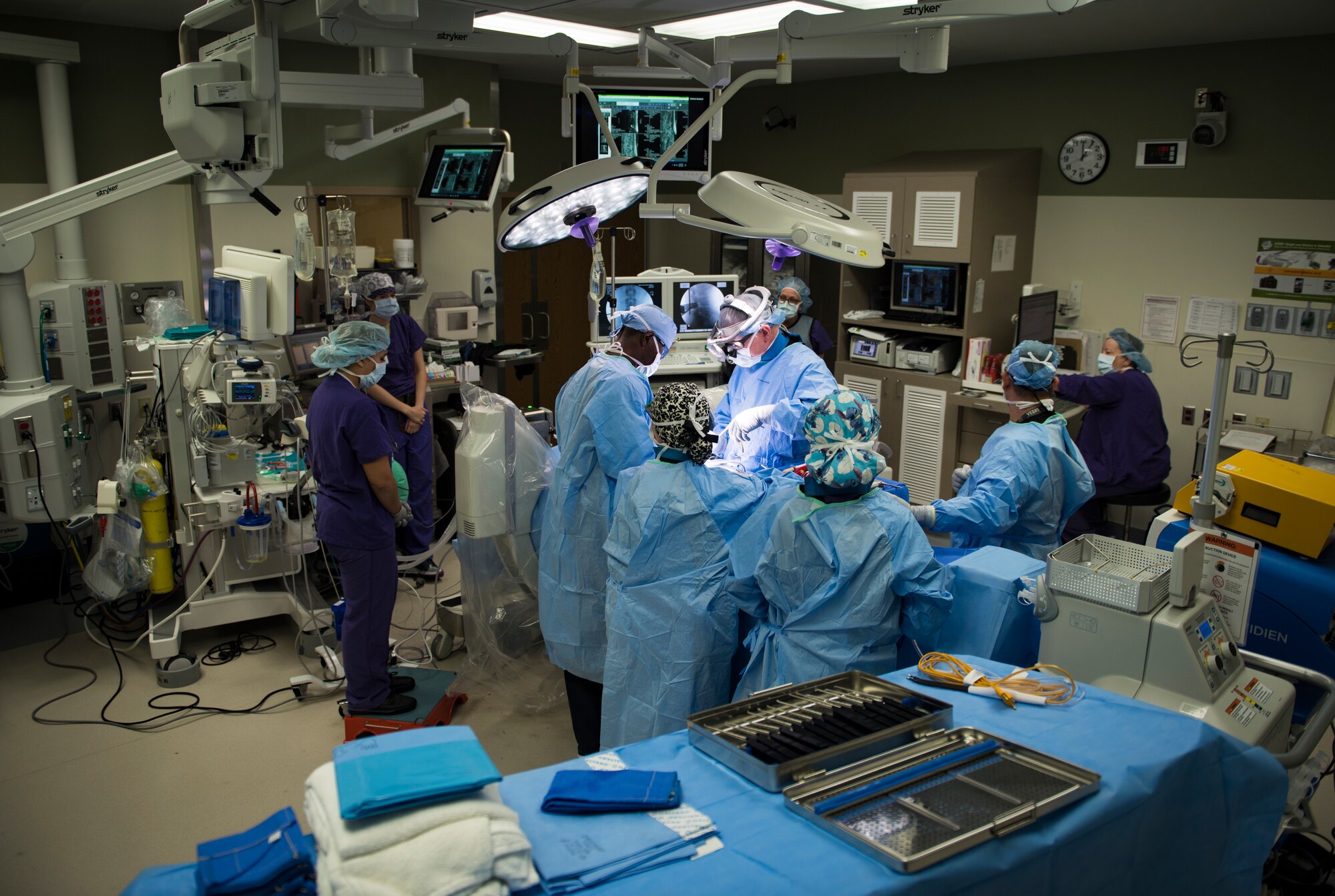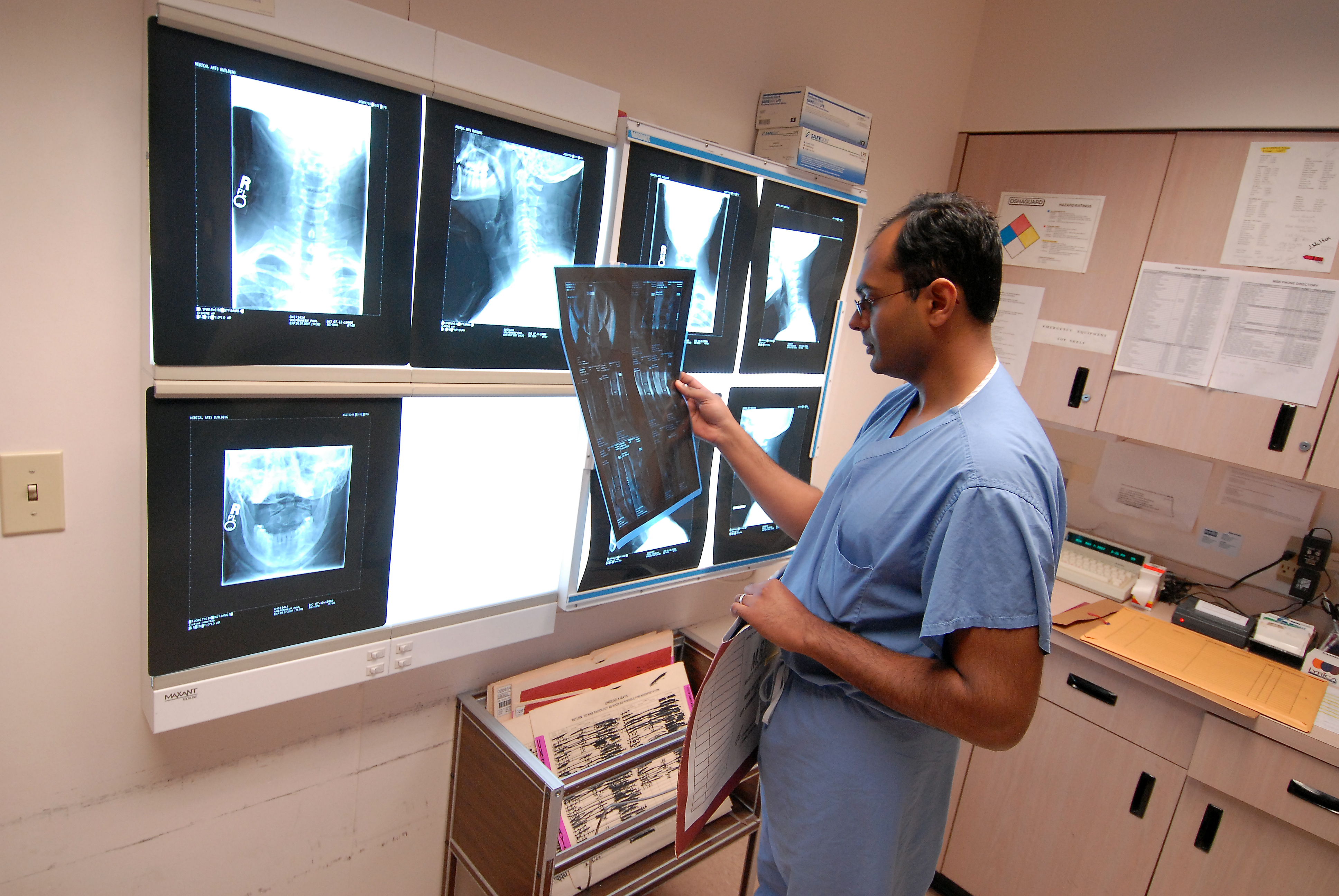Comprehending the Expenses Included with the Best Spine Surgeons in St Louis MO
An Introduction of Spine Problems That Frequently Outcome in Surgical Therapies
Back problems such as herniated discs, spinal constriction, and degenerative disc condition often necessitate surgical treatments when conventional treatments fall short to alleviate relentless signs. Understanding the nuances of each problem and the matching surgical choices, such as discectomy or spinal fusion, is crucial for reliable administration.
Herniated Discs
Although numerous individuals with herniated discs may locate alleviation with conventional treatments, surgical treatment ends up being a needed factor to consider when signs and symptoms aggravate or continue - best spine surgeons in st louis mo. A herniated disc happens when the soft internal gel of a spine disc sticks out via its external layer, potentially leading and compressing neighboring nerves to pain, pins and needles, or weakness in the extremities
Traditional management normally consists of physical therapy, discomfort medications, and corticosteroid injections, which aim to minimize inflammation and enhance feature. In situations where these approaches fail to minimize devastating symptoms, medical options may be checked out.
One of the most typical procedure for herniated discs is a discectomy, which involves the removal of the herniated part of the disc to eliminate stress on the impacted nerve origin. In a lot more severe situations, spine blend might be required to maintain the affected vertebrae.
Patients are recommended to go over the possible risks and benefits of surgical treatment with their medical care service provider to make an educated decision. Ultimately, the goal of any surgical treatment is to restore function, ease discomfort, and boost overall quality of life for individuals suffering from herniated discs.
Spinal Stenosis
Spinal stenosis occurs when the rooms within the spine narrow, causing enhanced pressure on the spine and nerves. This condition can develop in different regions of the spinal column, including the back and cervical locations, often because of age-related adjustments, such as degenerative disc illness, arthritis, or thickening of tendons.
People with spinal constriction might present with symptoms that consist of discomfort, tingling, tingling, or weak point, largely in the arms or legs. These signs can be worsened by activities that involve standing or walking, often leading people to look for relief through conservative therapies like physical therapy, medications, or epidural steroid shots.
Nevertheless, when these non-surgical treatments fail to give appropriate relief, surgical options might be considered. Typical procedures for spine constriction include laminectomy, which entails the removal of part of the vertebra to ease pressure, and back fusion, which stabilizes the afflicted location. The choice to go after surgery is commonly based upon the severity of signs, the degree of practical impairment, and the total health and wellness of the patient. Trigger medical diagnosis and administration are important to avoid additional neurological concession and improve top quality of life.
Spondylolisthesis
Spondylolisthesis happens when one vertebra slides forward over one more, causing imbalance of the spine. This condition can arise from numerous factors, including hereditary flaws, trauma, or degenerative modifications in the spinal column. It is most frequently observed in the back area, particularly at the L4-L5 and L5-S1 levels.

Treatment alternatives vary based on the severity of the slippage and the signs and symptoms provided. Traditional procedures, including physical therapy, discomfort monitoring, and task modification, are often the initial line of protection. When non-surgical approaches stop working to alleviate signs and symptoms or when substantial nerve compression is present, medical intervention may be necessitated. Surgical choices can consist of spine blend or decompression treatments, focused on bring back alignment and alleviating neurological signs and symptoms. Early medical diagnosis and suitable monitoring are crucial for optimum outcomes in individuals with spondylolisthesis.
Degenerative Disc Disease

The problem can be identified via a mix of medical analysis, imaging research studies, and individual history. When these approaches stop working to provide adequate alleviation, medical interventions might be thought about.
Surgical alternatives for DDD may include back fusion or artificial disc substitute, aimed at stabilizing the affected segment and easing discomfort (best spine surgeons in st louis mo). Ultimately, the option of treatment is individualized, taking right into account the seriousness of the condition, client health and wellness, and way of life variables
Back Tumors

Back tumors can occur from different elements, consisting of genetic proneness, environmental influences, and pre-existing medical conditions. People might offer with an array of signs and symptoms, consisting of local pain, neurological deficits, weakness, or adjustments in digestive tract and bladder feature, depending on the growth's size Visit Website and location.
Medical diagnosis generally involves imaging research studies such as MRI or CT scans, which aid mark the growth's attributes and effect on surrounding frameworks. In examining treatment options, the lump's area, type, and quality are essential factors to consider. Surgical intervention might be required to reduce symptoms, get a biopsy, or eliminate the tumor totally. The objective of surgical treatment is typically to decompress neural components and support the spine. Adjuvant treatments, including radiation or radiation treatment, may additionally be required relying on the growth's nature. Early discovery and intervention are crucial for maximizing outcomes in people with spine tumors.
Verdict
In recap, spine problems such as herniated discs, back stenosis, spondylolisthesis, degenerative disc illness, and back lumps frequently require medical treatment as a result of their potential to create significant pain and useful problems. While conservative therapies might supply short-term relief, medical alternatives come to be crucial when signs worsen or persist. Timely diagnosis and intervention play a critical duty in restoring function and enhancing the quality of life for affected individuals, highlighting the value of thorough spinal treatment.
